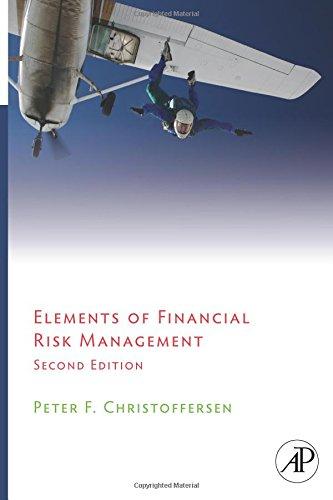Question
1. If the FEDs current intention is to buy the equivalent of most of the new Treasury debt issued, then the FED is following a(n)
1.
If the FEDs current intention is to buy the equivalent of most of the new Treasury debt issued, then the FED is following a(n) _______ monetary policy:
a. offensive (action to change the direction of monetary policy)
b. defensive (action to maintain achievement of current goals)
c. precautionary (action in anticipation of market action to prevent profit taking)
d. reactionary (action taken without clear policy intentions stated)
2. The portfolio of Treasury bonds amassed during 2009 swelled, about doubling; in the 2007 crisis the loan portfolio expanded on the FEDs balance sheet. Which of the following reflects both actions taken by the FED as displayed in its balance sheet and discussed in class:
a. FED increased its security holdings associated with repos, acceptances, foreign securities, and foreign currencies.
b. FED sold Treasuries to add to its Loan portfolio and thereby provided large quantities of liquidity to the system.
c. FED expanded the money supply by expanding either the Loan or the Security Portfolio on its balance sheet.
3. Which of the following is not a tool directly under the control of the FED?
a. setting the discount rate b. open market operations
c. adjusting the reserve requirement ratio d. setting the federal funds rate
4.
FED expects if the aggregate demand for loanable funds increases with an equal corresponding ___ in aggregate supply, there will be a(n) ___ of loanable funds.
a. increase; shortage b. increase; equal amount
c. decrease; abundance d. decrease; surplus
Mr. Friedman often called for limiting the growth of the money supply since he believed the primary goal of the FED is to:
a. provide an environment of stable prices b. stimulate the economy
c. provide an environment of full employment d. provide a plentiful money supply
People who fear the FED is stoking inflation to stimulate the economy fear:
a. that the FED will not be able to time, recognize and/or control the removal of over-expansionary funds in the system;
b. their wealth will disappear in the lowering of the tax structure to repay the debt.
c. rapid employment growth will shrink the wealth gap reported over the past 20 years;
d. increased funds available in the US will be used to purchase overseas products harming our global competitiveness.
If your Total Liabilities are $5,000,000 and your Total Assets are $5,500,000, then your Capital Ratio is :
_______________________5,500,000_-5000,000=500,000__________________________________________
The normal relationship anticipated for Non-Interest Revenue and Non-Interest Expense is:
Undetermined, since there is no history on which to base assumptions
Neutral, resulting in a Sum Zero Game (neither losses nor gains)
Negative, resulting in net expenses offsetting profit from net interest
Positive, resulting in additional profit.
As a banker, if your deposits of $8 billion offer an average interest rate of T-bill + 0.5%, AND your Loan portfolio of $7 billion has an average interest Rate of T-bill + 4%, then:
you have a GAP of -3.5% c. you are earning 6.5%
you are facing a period of losses d. your GAP is an expected 3.5%
Step by Step Solution
There are 3 Steps involved in it
Step: 1

Get Instant Access to Expert-Tailored Solutions
See step-by-step solutions with expert insights and AI powered tools for academic success
Step: 2

Step: 3

Ace Your Homework with AI
Get the answers you need in no time with our AI-driven, step-by-step assistance
Get Started


